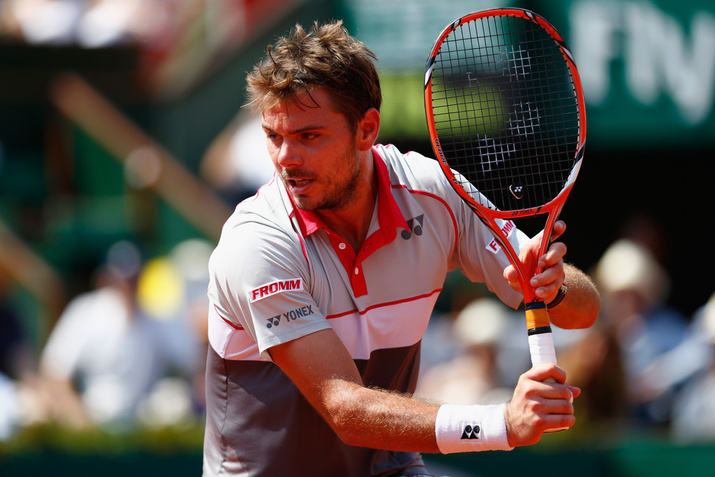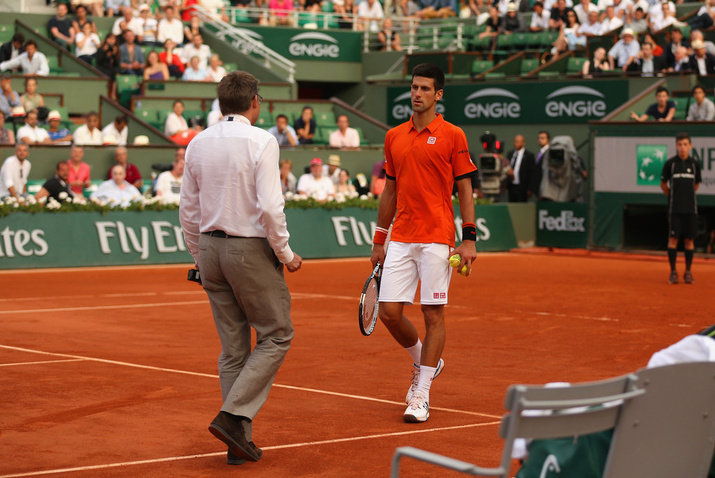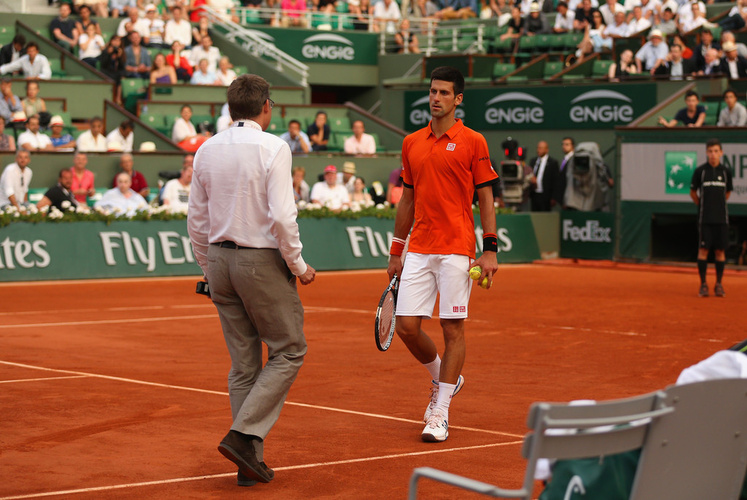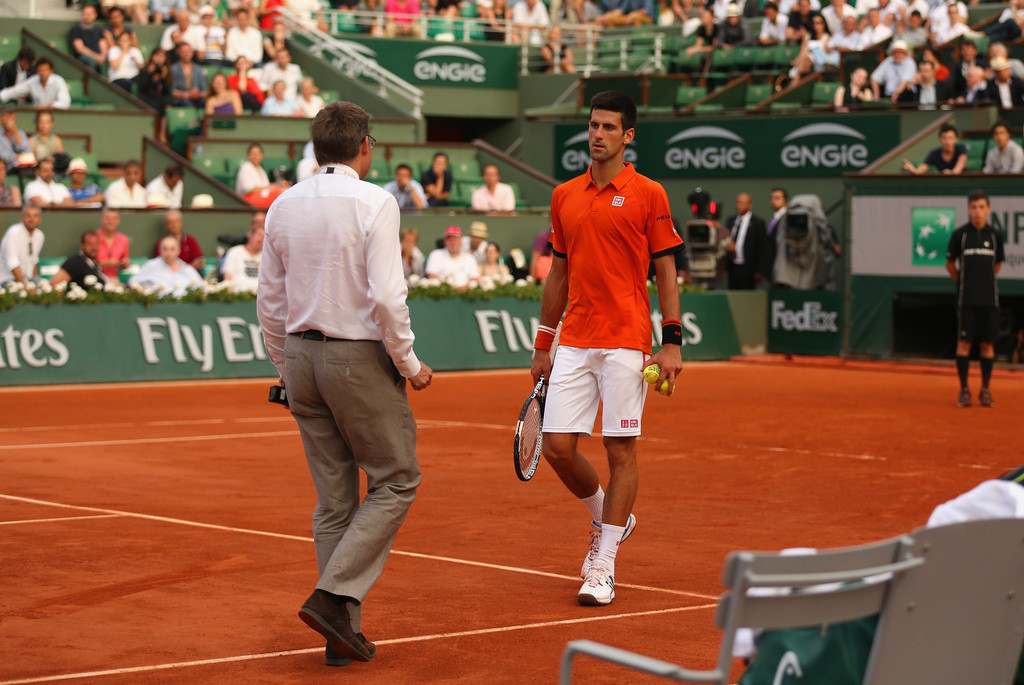Wawrinka Reaches French Open Final, Djokovic Within Range
France’s last man standing had another chance to give the host nation its first finalist since Henri Leconte in 1988. The last time Jo-Wilfried Tsonga was in this position, he followed a thrilling match between Rafael Nadal and Novak Djokovic, and the atmosphere was flat as a crepe. So imagine how disappointing it must have felt when the long-lunching French were missing in action as Jo-Wilfried Tsonga walked out to face Stan Wawrinka in the first semifinal.

It has been a turbulent time for both players. Wawrinka started the year well but tailed off with a number of issues outside of the court, but he dialed in when it counted to earn his place in the semifinal over Roger Federer. Tsonga had been masterful initially against Kei Nishikori before having to mount quite the comeback.
To describe Tsonga as having gotten off to a slow start could quite possibly be the understatement of the year. With the Frenchman sluggish and disengaged, Wawrinka needed no second invitation as he pushed his way through the first set. Even the returning lunchtime crowd could not get Tsonga going, and it took a sloppy game from the Swiss to give him the smallest hope to keep the set alive.
The crowd picked up on that chance, and it was enough to get Tsonga maybe believing in himself, as he forced a tiebreak. Yet more distracted play from Wawrinka saw Tsonga roar through the tiebreak, giving us a match.
Another tiebreak saw Wawrinka turn the tables to edge the third set, and he crucially carried on that momentum, breaking the Frenchman immediately at the start of the fourth set. That break was enough for him to keep the advantage and send him into his second Grand Slam final.
But a bigger headache was awaiting the organizers, as predicted storms had Roland Garros in their sights, and after close to four hours of play for the first semifinal they were running out of time to get a potentially long match completed.

After world No. 1 Novak Djokovic overpowered nine-time Roland Garros champion Rafael Nadal, it was widely believed that the trophy was all but on his racquet to lose. And despite a spirited start by Andy Murray, the first break went to the Serb after a throwaway game by Murray. The first set then zipped by quickly.
We were treated to long games and gruelling rallies just the same, but in the second set once more it was a lapse from the Brit that allowed Djokovic to show just how complete his game was as he powered to a two-set lead. We were constantly being reminded that Murray had never come back against Djokovic after losing the first set, but somehow the he found a way to get under his skin as the light began to fade, and the predicted storm started to move more menacingly towards Porte d’Auteil and the Stade Roland Garros.
It took Murray until the penultimate game of the third set to get his first break points of the match on the Djokovic serve, rounding out the third set with a service game to love, and he struck with the first break in the fourth set, albeit only to hand it straight back.
If the drama was not already at fever pitch, at 3-3 the players were brought off for the imminent storm. The organizers were mindful of the effect of high winds on Court Philippe Chatrier, and they wanted to give the crowds time to evacuate the stadium safely.
It will be imperative for Murray to get off to a swift start, and it is actually anyone’s guess who will get off to the stronger start.
Ticket holders for the women’s final on Saturday will therefore get an extra bonus as play will start at 1:00pm CET.



